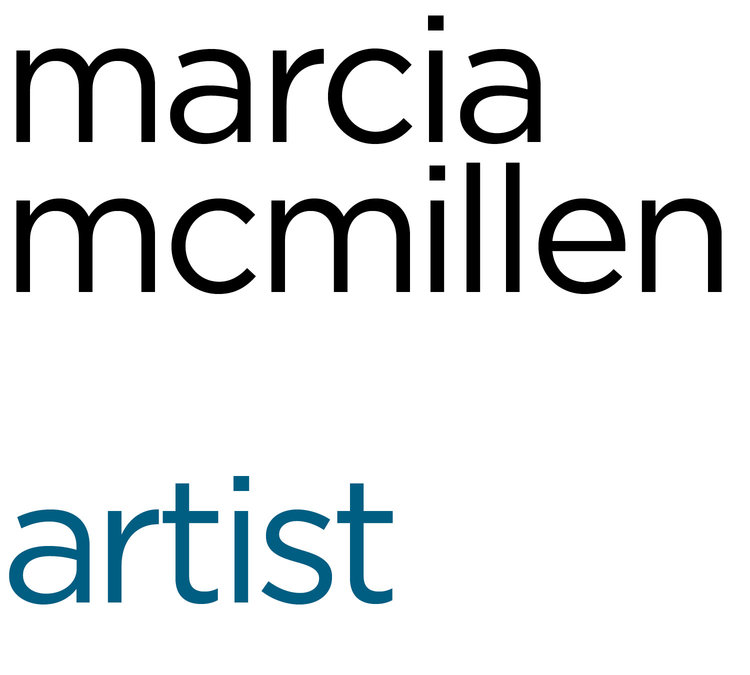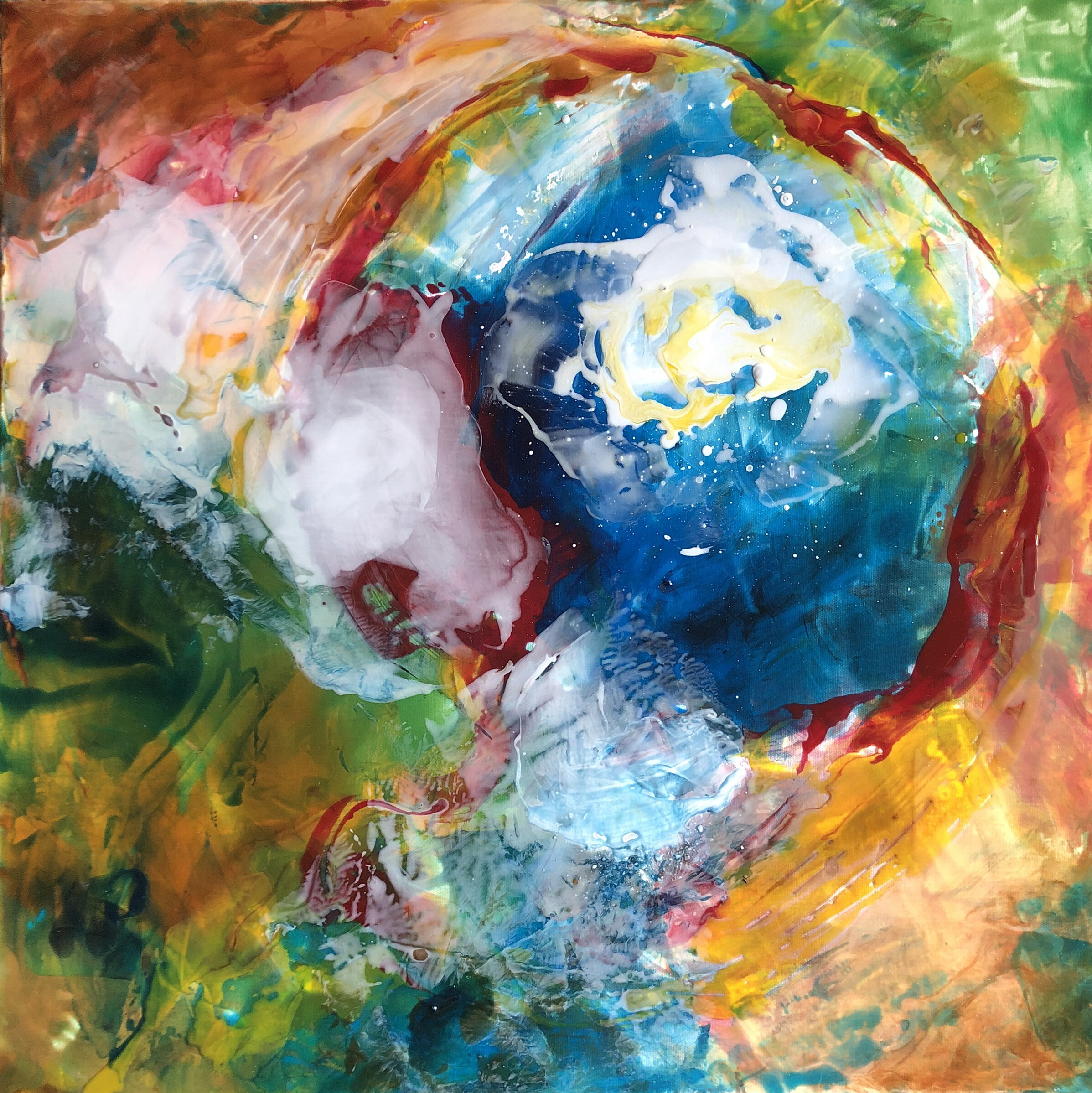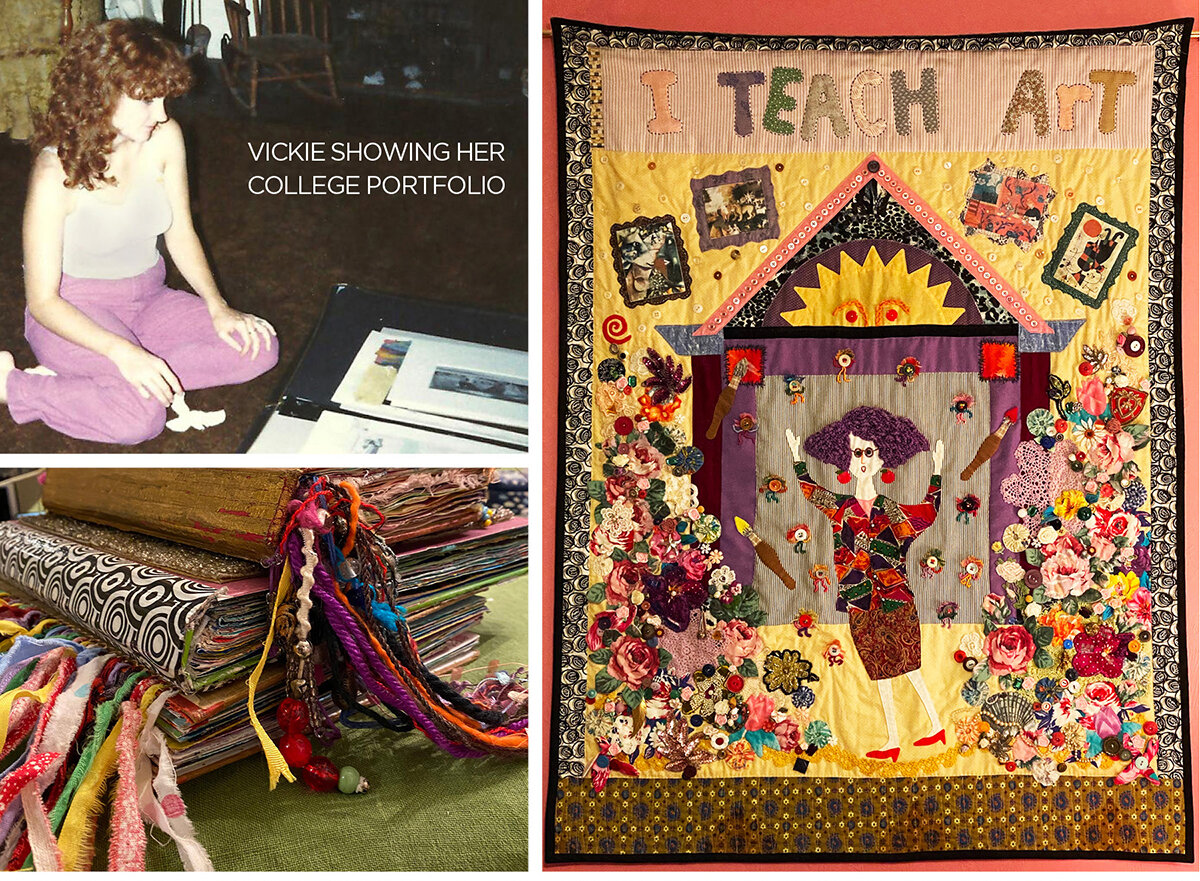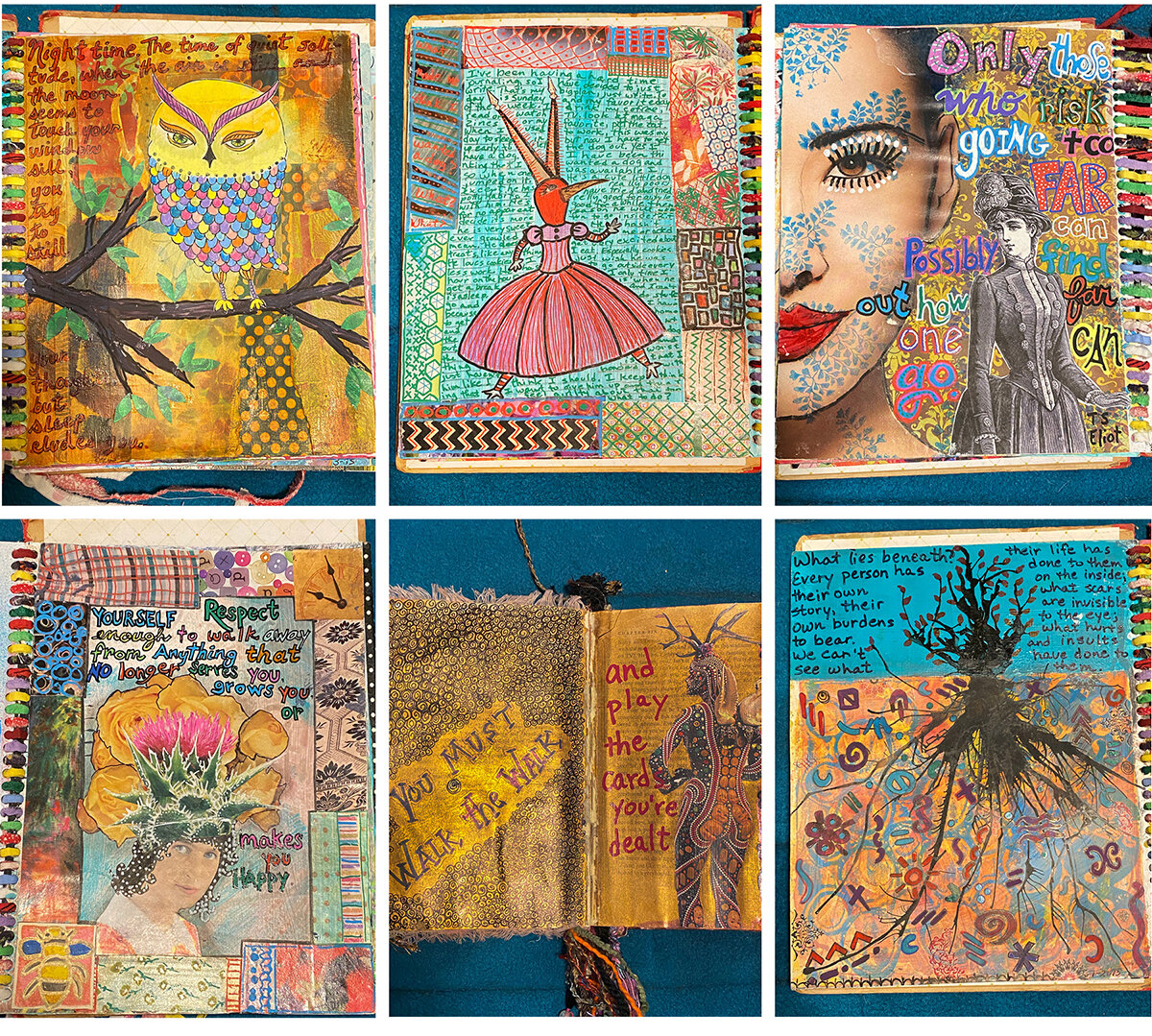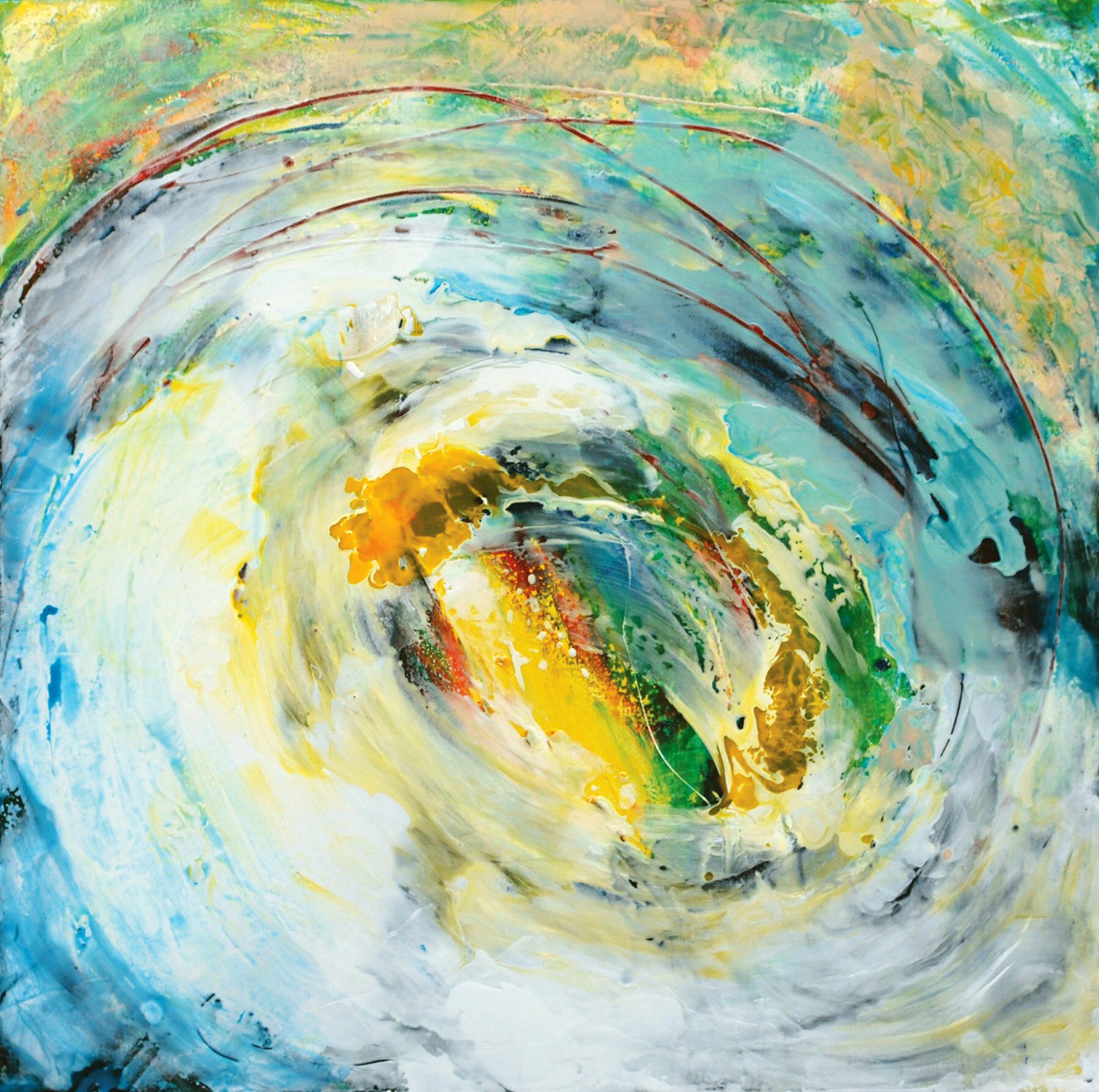A look back at my artist-in-residency.
One year ago today I was finishing up my two-week artist-in-residence program. Since then I have answered many questions and offered some personal reflections. I’m sharing some below.
WHO ESTABLISHED THIS ARTIST-IN-RESIDENCY PROGRAM?
The National Park Service has been offering artist-in-residence for over 100 years. Each park runs its program independently. To be considered, candidates must submit examples of their work, a statement of purpose, and a resume/CV. Each park has a panel of experts that review and award the recipients. Last year I was one of four to be selected for Fire Island National Seashore. The residency was located on the far-east end of Fire Island called Watch Hill. I had a cottage that was used for park staff. Access to the island is by a ferry. You haul all your art supplies and food for two weeks. There are no cars on the island and the ferry only runs on the weekends in September. Very few boats in the marina on the weekend and no one during the week. I would only see a few NPS staff a day. Even though the site was only 1 ½ hour from New York City it felt like 500 miles.
WHAT WHERE YOUR DAYS LIKE?
When I woke up I would immediately go look at my paintings that I had worked on the night before. Looking at them with a fresh set of eyes I would see what needed to be done, then take a long walk on the beach to see what was new on the beach, back to painting, walk again late in the afternoon, finally painting until late in the evening. Repeat for 14 glorious days!
HOW WAS THIS DIFFERENT THAN WORKING IN YOUR STUDIO?
The beach house had one big room with a basic kitchen, a futon, a chair, and a kitchen table. I had windows on all four sides that let lots of wind blow through the cottage. Also because the cottage was on stilt’s (for hurricanes) it felt like I was in a treehouse. I could see off into the dunes and sky. I moved all the furniture to give me a big open space to paint. I placed the paintings on the floor when I painted. My paintings are usually very wet, but on the island, we had dry air and wind so the paint dried a lot faster in between coats. I was working on about 4-6 different paintings at a time in different stages of development. Everything was all spread out over the floor or leaning up on the walls. Seeing all of them and how they relate would impact my next step.
WHAT WAS IT LIKE BEING AT A NATIONAL PARK SO LONG?
I have been visiting our National Parks for years but only for 4-5 days at a time or day hikes with the family. Because I had the luxury of being right on the beach and having this time all alone, I was able to see things change over 14 days. During the first 10 days, a small hurricane went by the coast, which made for some big waves and brought new plant life, shells, and sea animals onto the shore. Every day I would discover something new on the beach. I was blown away with all the textures, colors, and patterns that were right in front of me. I could stand and watch the patterns of the foam and waves coming in. Every wave is different, never to be repeated again. I shot lots of photos, but as we all know, that does not capture the true experience.
The first week I could hear the waves crashing at night. After the waves calmed down I would focus on the wind blowing the tall grasses. The air was clear and crisp. I did not taste the salt air until the second week. During this time the Monarch butterflies started migrating down the coast. Standing on the edge of the dune I would see 30-40 butterflies at any given point. Time is much different in nature. It actually slows down. I felt like I was connected to and part of something much bigger.
HOW DID THIS EXPERIENCE IMPACT YOUR WORK?
Because you are immersed in nature there is no way this does not impact your work. So much of my paintings are layers and textures building up. I was able to draw from everything around me each day, building, and building. I introduce lighter tones in my color palette. I had 10 blank canvases. I pushed myself to finish 10 paintings over that 2-week time period. A couple of times I would start to physically fade late at night, so, I would but on some of my favorite music, start dancing and go back to painting. I was pleased with the paintings that completed.
WHAT DID YOU EXPERIENCE THAT YOU DIDN’T EXPECT?
Total immersion and creative flow. How being in nature and painting made me very present in every moment. I was feeling every moment of every day. Having time to view nature every day. I was surprised by the number of changes on the beach each day. The simplicity of life during that time. Because I was immersed in nature I started to get a natural rhythm to my day based on the sunrise, wind, and tides.
WHAT ARE YOUR THOUGHTS ONE-YEAR LATER?
That time taught me to enjoy small simple pleasures, appreciate my artistic talents even more, and the fact that I enjoy painting every day. I have adjusted my color pallet and trust my intuition while I paint even more. Being present in life.
Now, every morning during my meditation, I walk the beach on Fire Island, feeling the sand on my feet, breathing the clear air, hearing the waves crashing, looking out at the vast horizon, feeling the current of the water on my legs trying to pull me back into the sea. Staying in the flow.
